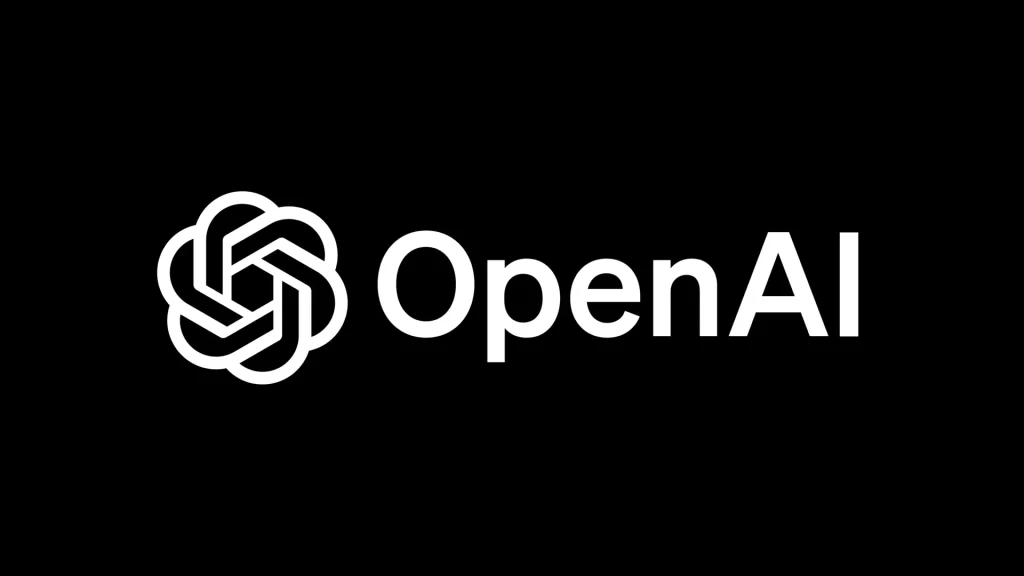How Much Does It Cost to Use ChatGPT?
ChatGPT is free to use for basic access, but OpenAI also offers subscription plans for users seeking enhanced features and access. The most commonly available subscription is ChatGPT Plus, which costs $20 per month and provides several advantages, including priority access during peak times, faster response speeds, and early access to new features and improvements. Detailed pricing information for API access and enterprise solutions can be found on OpenAI’s official pricing page.
How Does ChatGPT Work?
ChatGPT is a conversational AI model fine-tuned from OpenAI’s GPT-3.5. It generates human-like text by predicting the next word in a sequence, based on the vast amount of text data it has been trained on. This model was optimized for dialogue by employing a technique known as Reinforcement Learning with Human Feedback (RLHF). RLHF uses human demonstrations and preference comparisons to guide the model toward producing more accurate and user-friendly responses. For developers and researchers interested in implementation details, OpenAI provides comprehensive documentation on how ChatGPT is built and optimized. You can learn more about RLHF in OpenAI’s technical paper.
Why Does the AI Seem So Real and Lifelike?
ChatGPT provides human-like responses because it was trained on a vast dataset sourced from the internet, including conversations and various forms of human expression. This allows the model to mimic natural language patterns and generate coherent and contextually relevant replies. However, it’s important to note that the AI is not sentient or self-aware. While its outputs may sound authentic, they may also be inaccurate, untruthful, or misleading at times. For more information on responsible use, check OpenAI’s guidelines.
Can I Trust That the AI Is Telling Me the Truth?
While ChatGPT strives to provide accurate and helpful information, it is not connected to the internet in real-time and has limited knowledge of events or developments after 2021. Additionally, it may occasionally produce incorrect or biased outputs. Users are encouraged to verify any critical information obtained from ChatGPT. Feedback mechanisms, such as the “Thumbs Down” button, can help improve its responses over time. OpenAI also recommends consulting trusted sources for important or sensitive information.
Who Can View My Conversations?
As part of OpenAI’s commitment to safe and responsible AI, user conversations are reviewed to enhance system performance and ensure compliance with safety policies. However, conversations are stored temporarily and are not used for training purposes by default unless explicitly permitted by the user. Users can review OpenAI’s Privacy Policy for detailed information about data handling.
Will My Conversations Be Used for Training?
OpenAI may use user interactions to refine and improve its models unless the user opts out. For individual accounts, users can opt out by accessing the privacy settings through the Data Controls FAQ. For enterprise accounts, content from business offerings such as ChatGPT Enterprise or ChatGPT Team is not used for training by default. Learn more on OpenAI’s Enterprise Privacy page.
Can I Delete My Data?
Yes, users can delete their data by following OpenAI’s data deletion process. While specific prompts cannot be deleted individually, users can delete their entire conversation history. OpenAI’s Data Controls FAQ provides step-by-step instructions for managing data preferences.
Can I See My History of Threads?
Yes, ChatGPT allows users to view and continue past conversations through its thread history feature. This makes it easier to pick up where you left off in ongoing discussions. Thread history is accessible from the ChatGPT dashboard, ensuring a seamless user experience.
Where Is My Personal and Conversation Data Stored?
Personal and conversation data is securely stored in OpenAI’s servers, adhering to industry-standard encryption and security protocols. Details about data storage and handling are outlined in the Privacy Policy and Terms of Use.
How Can I Implement ChatGPT in My Applications?
Developers can integrate ChatGPT into their applications and products using OpenAI’s API. The API provides tools for embedding conversational AI into chatbots, customer support systems, educational tools, and more. For detailed implementation guidance, visit the API documentation.
Do I Need a New Account if I Already Have a Labs or Playground Account?
No, users with existing accounts at labs.openai.com or platform.openai.com can log in directly to ChatGPT using the same credentials. New users can sign up at chat.openai.com to create an account.
Why Did ChatGPT Give Me an Answer That’s Not Related to My Question?
Occasionally, ChatGPT may produce irrelevant or incorrect responses. This phenomenon, known as “hallucination,” occurs when the model generates outputs that deviate from the input’s context. Users are encouraged to provide feedback using the “Thumbs Down” button to help improve accuracy over time.
Can I Use ChatGPT’s Output for Commercial Purposes?
Yes, subject to OpenAI’s Content Policy and Terms of Use, users own the output they generate with ChatGPT. This includes the right to reprint, sell, or merchandise the content. Users should review the Content Policy to ensure compliance.
What Should I Do If I Encounter Issues During Sign-Up?
If you experience difficulties during the sign-up process, such as entering incorrect information, contact OpenAI’s support team through the on-site chat tool available at help.openai.com. The support team can assist in resolving account-related issues.







